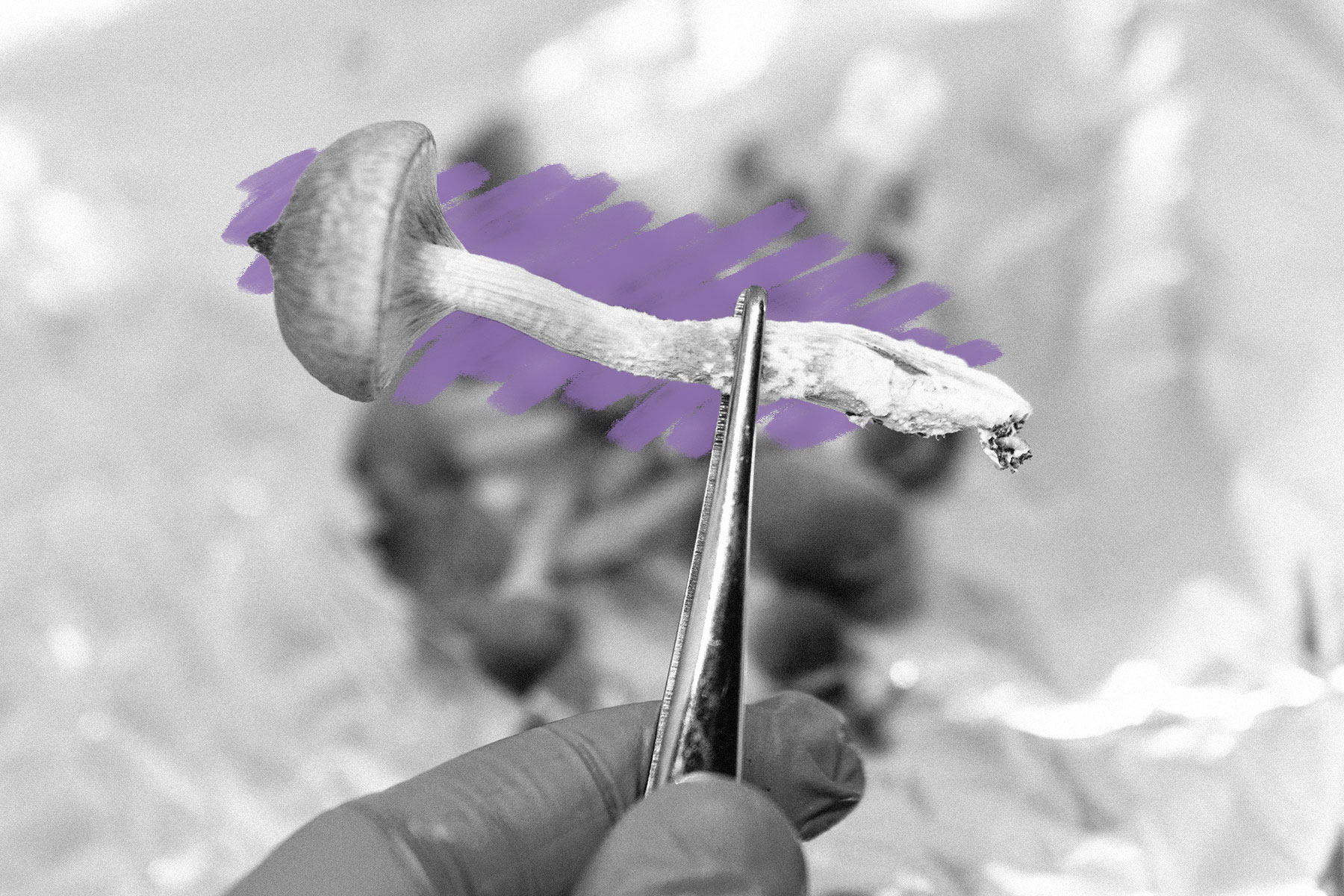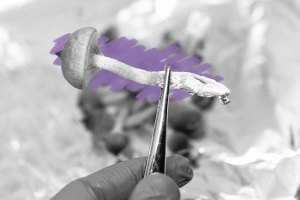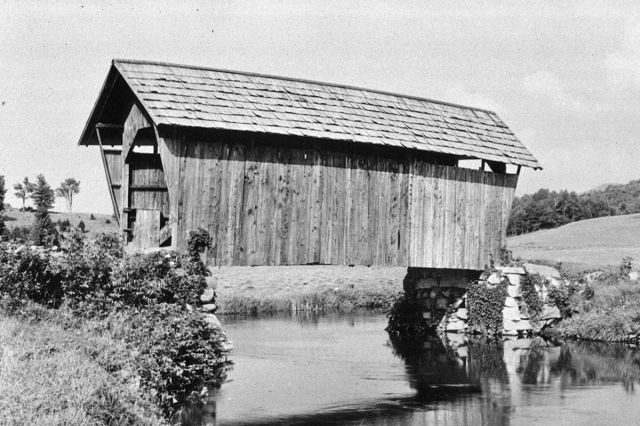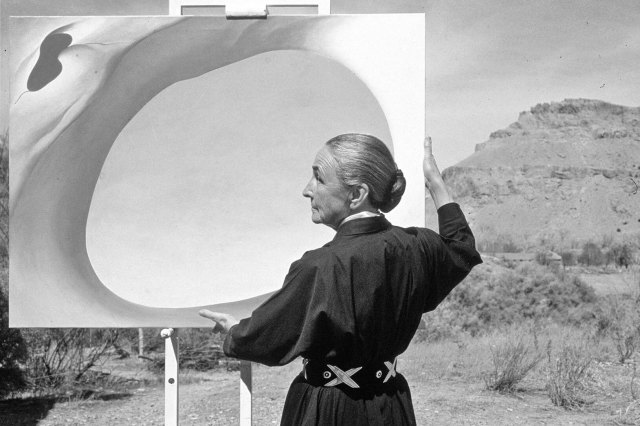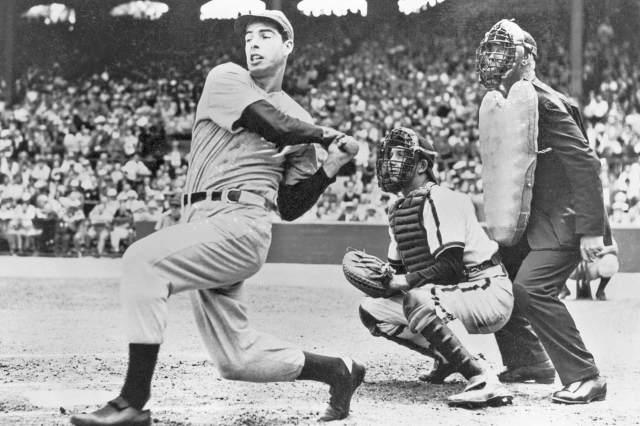Magic mushrooms have been used since prehistoric times.
Though research into the therapeutic effects of psilocybin is a relatively modern development, people have experimented with magic mushrooms (fungi with hallucinogenic effects) since the early days of human civilization. Following the discovery of a mural in northern Australia depicting mushroom-like figures and psychedelic drawings, archaeologists surmised that mushrooms likely played a social and cultural role in Sandawe and Bradshaw cultures as far back as 10,000 BCE. Similar mushroom-headed figures have also been found in prehistoric caves in North Africa and Spain.
While little is known about these early psychedelic dabblings, the Aztecs’ ritual use of magic mushrooms has been well documented. Known in that culture as “teonanacatl,” or “flesh of the gods,” the fungi were used in religious ceremonies to induce trances, produce visions, and communicate with gods. Magic mushrooms were later outlawed by 16th-century Spanish colonizers, who cited their use as barbaric and anti-Catholic. As a result, the Spanish destroyed all records and evidence of psilocybin (the hallucinogenic chemical found in psilocybe mushrooms), and drove the ritual use of mushrooms underground, where it stayed for centuries.





